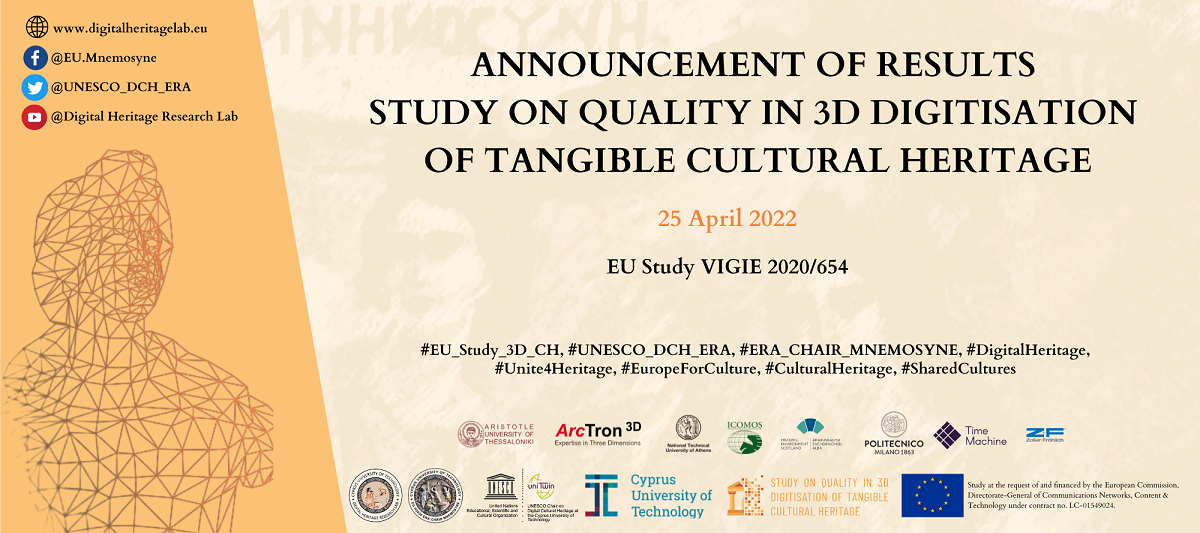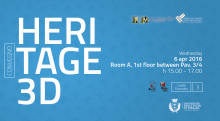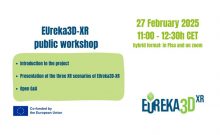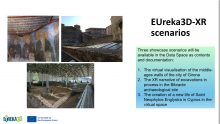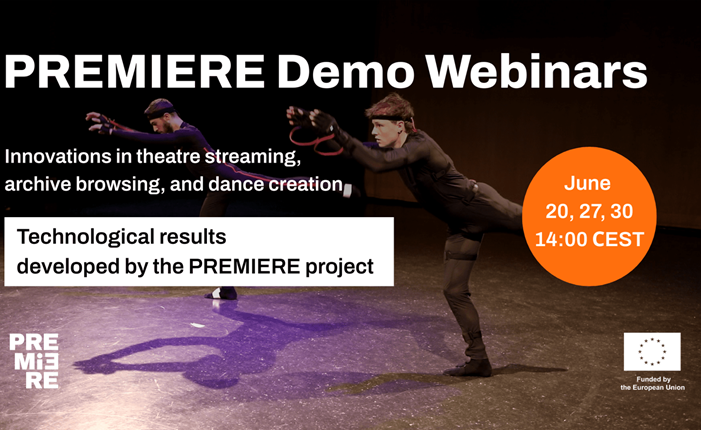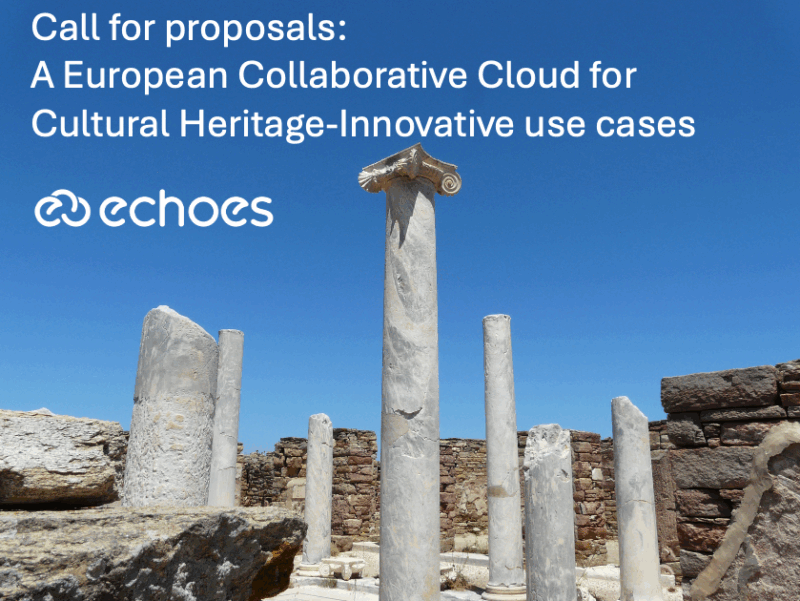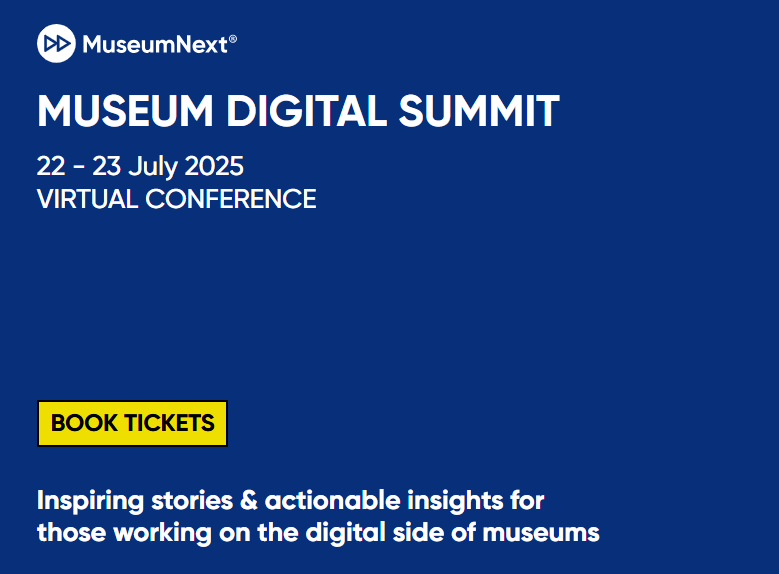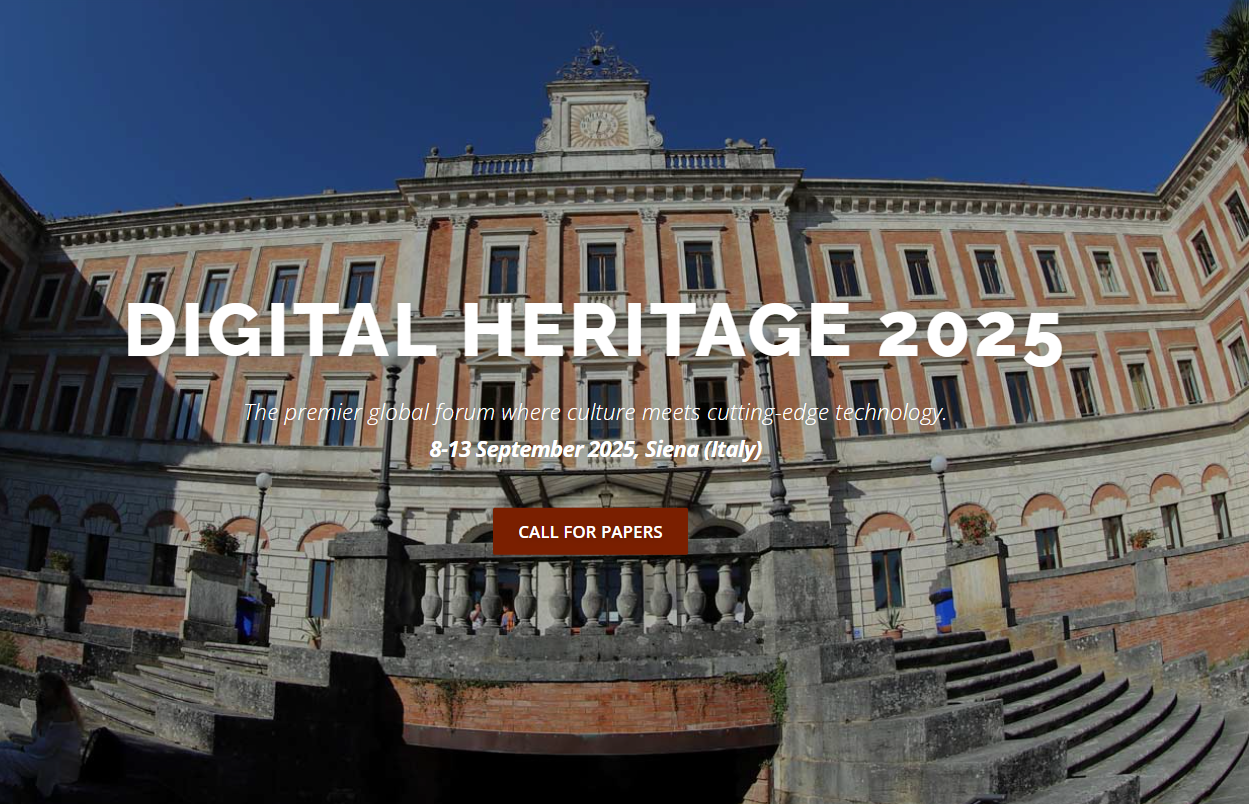-
Join the
Digital Meets Culture
Open Newsroom! If you have interesting news and events to point out in the field of digital cultural heritage, we are waiting for your contribution.
If you have interesting news and events to point out in the field of digital cultural heritage, we are waiting for your contribution.
-
Free text
-
-
Upcoming events
-
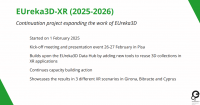 On the projects scope, results, and future plans
On the projects scope, results, and future plansDuring this year’s important event of Europeana Aggregators Forum (9-10 April 2025), Valentina Bachi from Photoconsortium delivered a presentation on both EUreka3D and EUreka3D-XR projects. The presentation went through EUreka3D project’s achievements with the developing of the EUreka3D Data … Continue reading →
 The collections feature 3D models digitised in the context of the EUreka3D project
The collections feature 3D models digitised in the context of the EUreka3D projectExplore two new source collections on Historiana, the online multimedia tool co-funded by the European Union that provides teachers with innovative, interactive resources to bring history to life and engage students. These collections feature 3D models digitised through the … Continue reading →
 Brussels or online, December 12 - 13, 2024
Brussels or online, December 12 - 13, 2024The ECHOES Project Policy Event “Toward the Cultural Heritage Cloud” and the workshop “Onboarding communities into the Cultural Heritage Cloud” will take place in Brussels and online on 12 – 13 December 2024 and will officially launch the European Collaborative … Continue reading →

eureka3d-xr-button-200×128
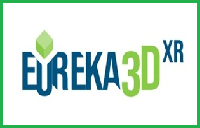





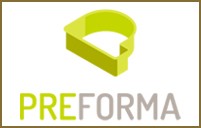


-
-
DIGITAL MEETS CULTURE IS MEDIA PARTNER OF: 
-
-
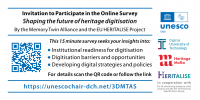 By the Memory Twin and the EU HERITALISE Project, from the Unesco Chair on Digital Cultural Heritage at Cyprus University of Technology
By the Memory Twin and the EU HERITALISE Project, from the Unesco Chair on Digital Cultural Heritage at Cyprus University of TechnologyDear Colleague, The UNESCO Chair on Digital Cultural Heritage at Cyprus University of Technology, Cyprus invites you to contribute to an important 15-minute survey exploring the future of cultural heritage digitisation. Building on the European Commission-funded VIGIE2020/654 study on quality … Continue reading →
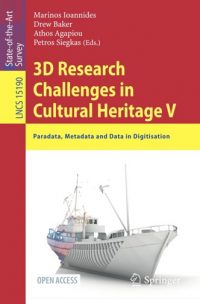 Springer open access book collecting papers on the state-of-the-art in 3D digitisation, published in the context of EUreka3D project
Springer open access book collecting papers on the state-of-the-art in 3D digitisation, published in the context of EUreka3D projectThe Digital European Programme-funded project EUreka3D has ended at the close of 2024. The two-year project developed innovative technology, learning resources, and practices to support 3D cultural collections, also shared in the common European data space for cultural heritage. As … Continue reading →


